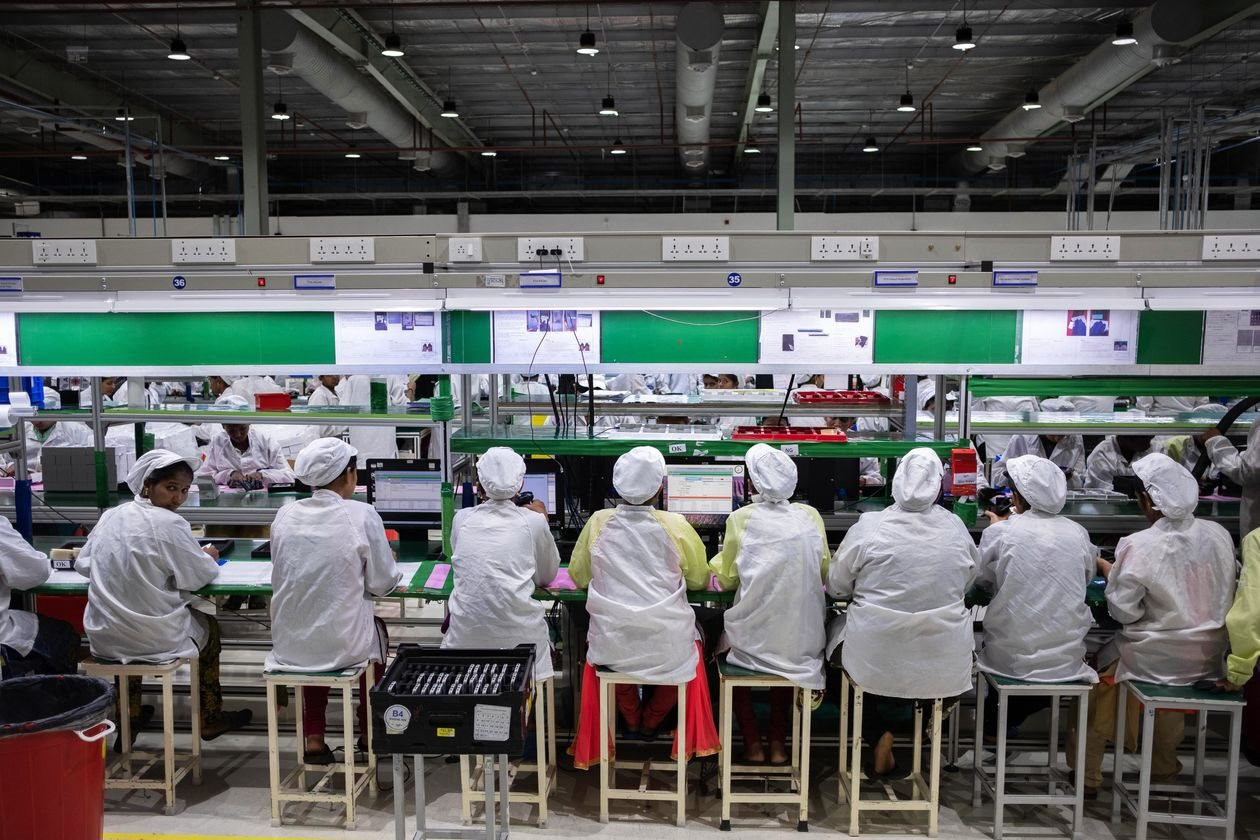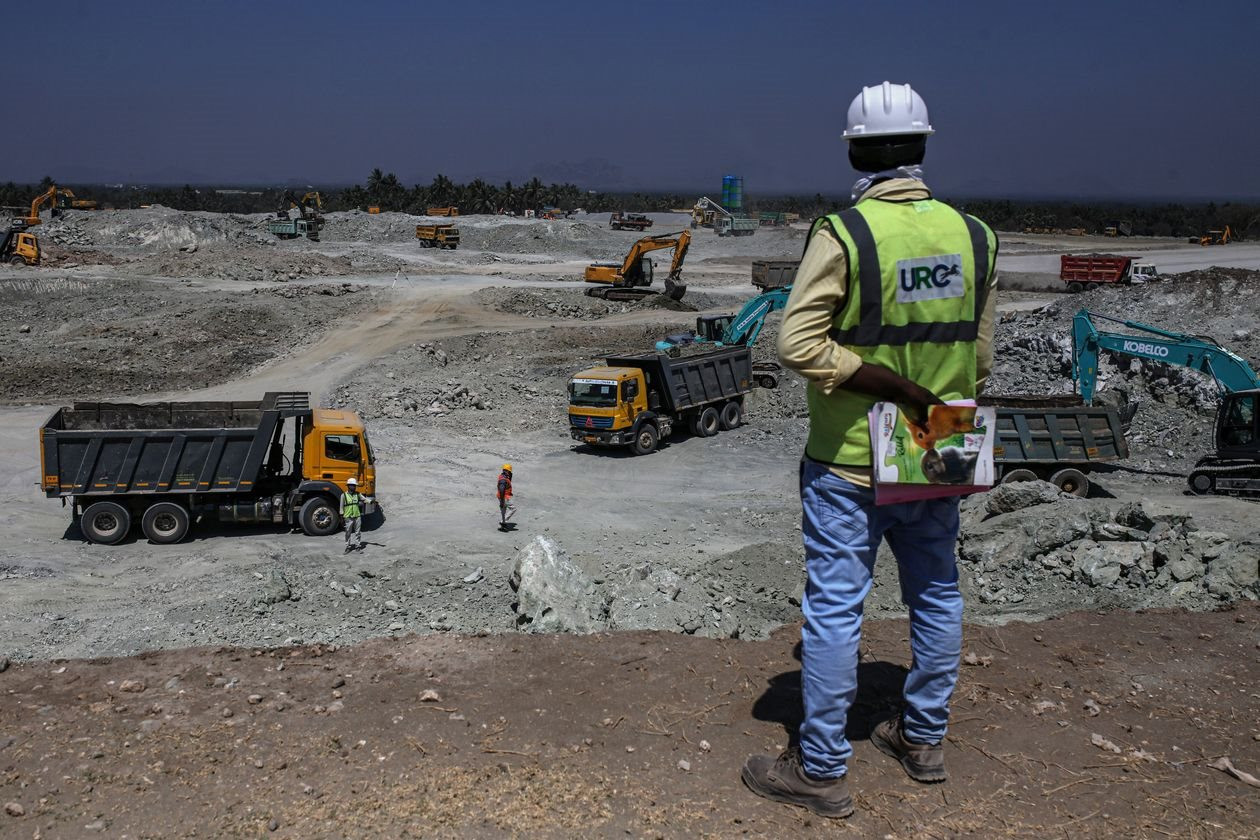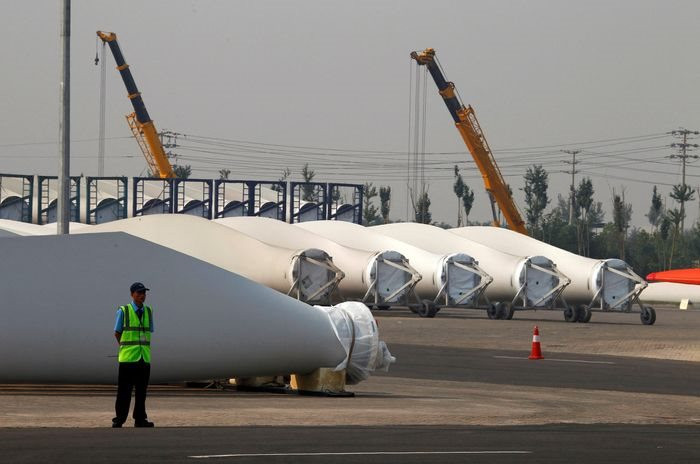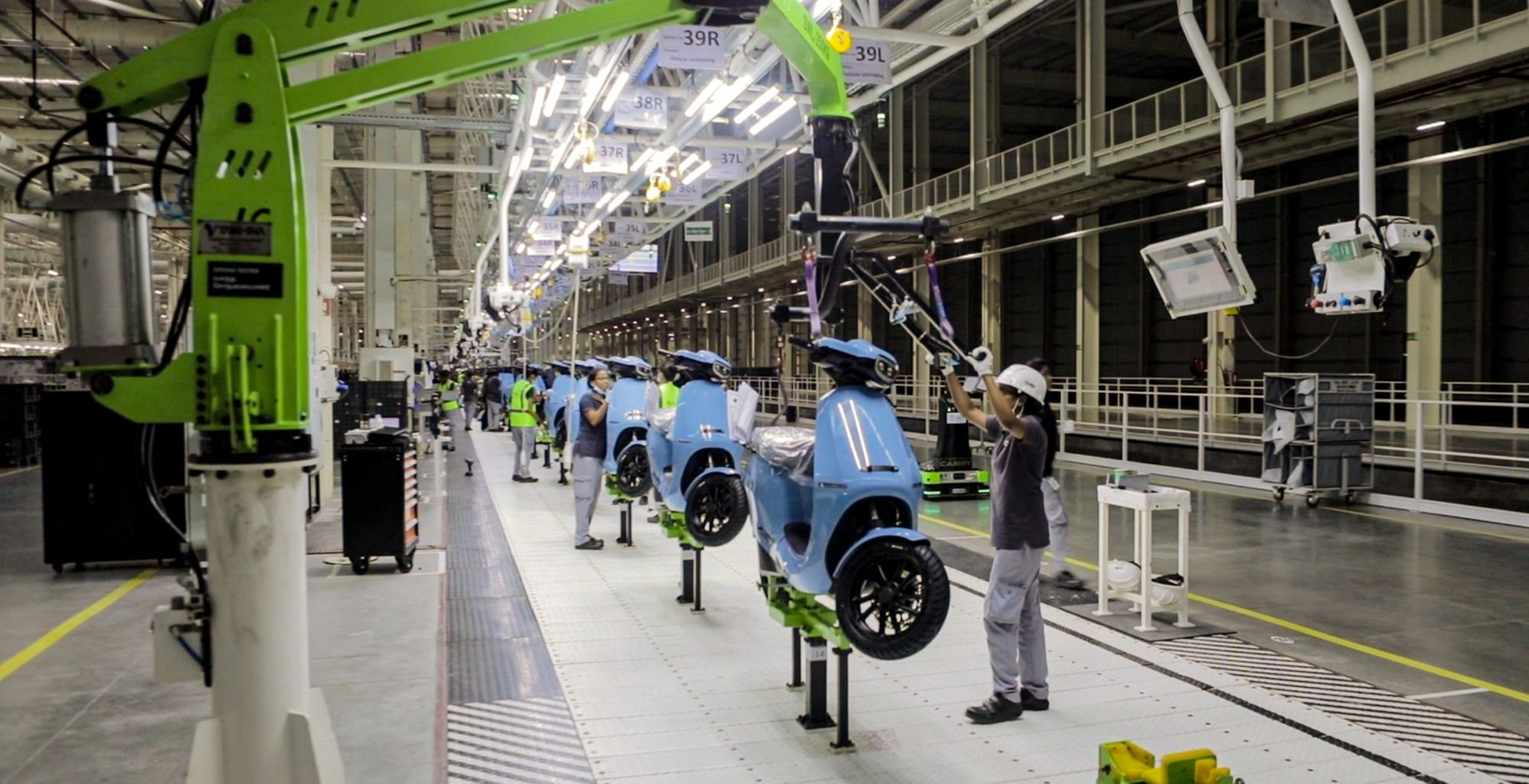China finally has a worthy competitor: An Asian country is about to take the title of ‘world factory’, pulling the whole company of 15 years with China to the side.
- Tram Ho

Western companies are desperately looking for a backup plan for China as the world’s factory, in which, India is a good candidate.
According to the United Nations, only India has a labor force and a domestic market the size of the mainland. Western governments see this as a potential partner, while India itself has made great efforts to make the environment business-friendly.
Evidence of India’s change is evident in the vast industrial estates where Sriperumbudur, a city in the southern Tamil Nadu state, is attracting a host of multinational corporations that manufacture goods from solar panels. , wind turbines to toys and shoes. All are looking for an alternative to China.
In 2021, Denmark’s Vestas, one of the world’s largest wind turbine manufacturers, built two new plants in Sriperumbudur. Six assembly lines play an important role. The powertrain and other turbine components are stacked in a dump waiting to be shipped around the world.
The forecast that India will soon become the second largest market for wind turbines further spurs Vestas’ plan to expand the scale of operations. Charles McCall, Senior Director of Vestas Assembly India, said it was a conscious effort by the company to diversify its production line.
“We don’t want all our eggs put in one basket in China,” he said.
Several Vestas suppliers have also begun to participate, including TPI Composites, which specializes in casting turbine blades. The company has expanded significantly in India while downsizing its operations in China. 85% of Vestas’ suppliers are forecast to be in the South Asian country, according to McCall.

China finally has a worthy opponent
China has so far surpassed every country in global manufacturing after attracting a host of multinationals. However, rising labor costs and pressure to transfer technology to Chinese competitors have made businesses rethink. Former President Donald Trump’s tariffs on Chinese imports in 2018, the COVID-19 blockades and calls to separate the Western economy from China were also three of the drivers of change. main change.
According to experts, the Indian workforce is still mostly unskilled. Underdeveloped infrastructure and unfavorable business environment can be a burden. However, after decades of disappointment, India has achieved much. According to World Bank data, the country’s manufactured exports will only be one-tenth of China’s by 2021, yet surpass most emerging markets.
The biggest increase was recorded in the electronics sector, where exports have tripled since 2018 to $23 billion. According to Counterpoint Technology Market Research, India’s global smartphone production is expected to hit 19% this year.
No company bets on India as much as Apple. Over the past 15 years, the company has built a modern supply chain almost entirely in China for the production of laptops, iPhones and accessories, but since 2017 has begun to reach out to India. JP Morgan estimates that a quarter of all Apple iPhones will be manufactured in India by 2025.
India hopes Apple’s presence will spur other companies to the country of billions of people. “There are usually key companies that set the trend. We believe this will send a strong signal to other companies in Europe, the Americas and Japan,” Trade and Industry Minister Piyush Goyal said in an interview.
According to the WSJ, India has gradually overcome a number of business barriers. In 2014, Indian Prime Minister Narendra Modi announced the “Made in India” strategy to boost manufacturing. The country is also digitizing many government services and accelerating the construction of railways, airports and container ports. For Mr. Goyal, India’s rise in the World Bank’s ease of doing business rankings is proof that the country is taking its integration with other countries seriously.
Sasikumar Gendham, CEO of Finland’s Salcomp, the world’s largest manufacturer and supplier of smartphone chargers, said that India introduced tax and customs breaks for exports in 2015. and re-modified in 2021 to activate the entire electronics industry.

India has become an easier place to do business
Since 2014, Salcomp’s Indian workforce has grown sixfold to 12,000 and is expected to reach 25,000 in the next two years. Operating 200 shuttle buses for workers and planning to build a dormitory for 15,000 people, Salcomp currently produces about 100 million chargers a year in India, while the factory in China produces about 180 million. .
According to Jules Shih, director of Chennai-based TAITRA trade promotion agency, India has become an easier place to do business, but there are still many aspects to be overcome. For example, foreign companies still take a long time to get land approvals, build factories and get visas for engineers and managers.
China is known to encourage foreign companies to locate supply chains in special economic zones and reduce taxes on imported components and machinery. In contrast, India seeks to replace imports with domestically produced products by increasing import duties.
Ola Electric, India’s potential homegrown electric motorcycle company, is one of the typical examples. Sharing with Bloomberg, founder Bhavish Aggarwal said he wants to build Ola in a long and serious way. He believes that India can surpass its rivals not only through cheap electric vehicles, but also with 5G, green energy and sustainable mobility. To him, progress in achieving that goal is “the yardstick by which the world sees us.”

India is currently the largest motorcycle manufacturer in the world.
According to Research and Markets, the Indian electric vehicle market is expected to reach more than $150 billion by the end of this decade, about 400 times its current size. Just a few months after the Ola electric motorcycle hit the market last year, Aggarwal began tweeting about the EV design and a battery innovation center. This man has been working to promote the development of the traditional auto industry in India – which has been dominated by corporations like Tata or Mahinda for decades.
Neha Singh, co-founder of Tracxn Technologies, a company that tracks startups based in Bengaluru, said: “By creating something big in the electric vehicle industry, Bhavish Aggarwal hopes to create something big in the electric vehicle industry. want to go out into the world. However, after some initial success, Ola still has a very long way to go to help electric vehicles become mass market in India.”
According to Bloomberg, India is currently the largest motorcycle manufacturer in the world. The need to find alternatives to China has made the country emerge as a solution thanks to its ability to build low-cost vehicles to serve many developing economies that want to grow sustainably. In India, government subsidies and cheap labor are making the cost of producing an electric vehicle equal to, or even cheaper than, an internal combustion engine vehicle.
“The cheapest Tesla is $50,000 and very few areas can afford it. Meanwhile, we have the advantage of leading the electric vehicle revolution with so many options ranging from $1,000 to $50,000,” Aggarwal said.
By: WSJ, Bloomberg
Source : Genk
